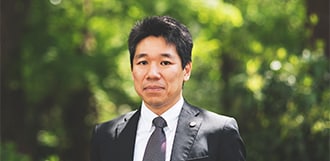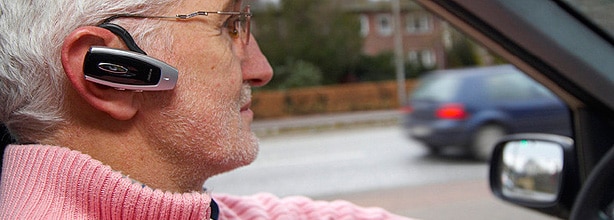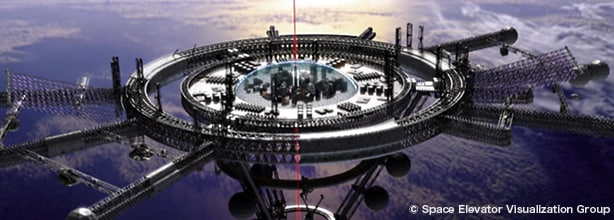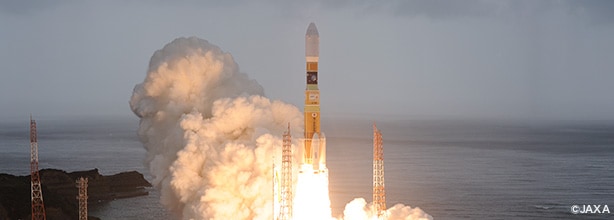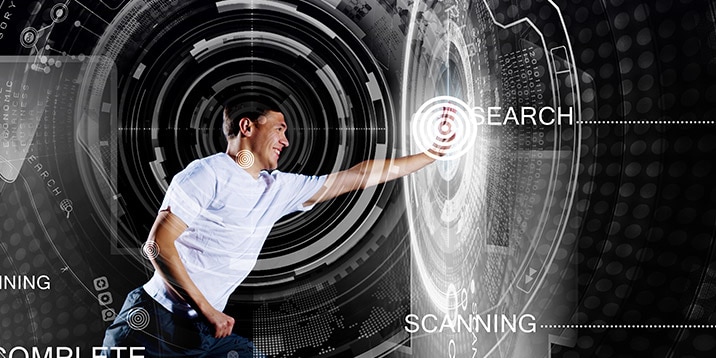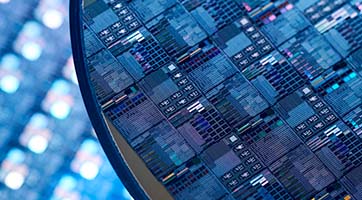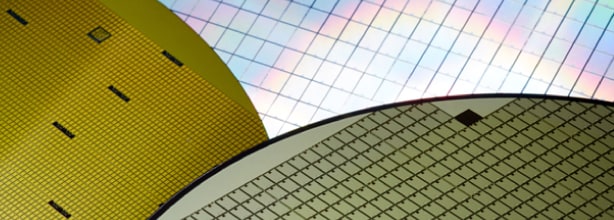
- Semiconductor Technology Now
Visiting Laboratories
Extending Human Abilities through Human-Machine Integration
November 30, 2017
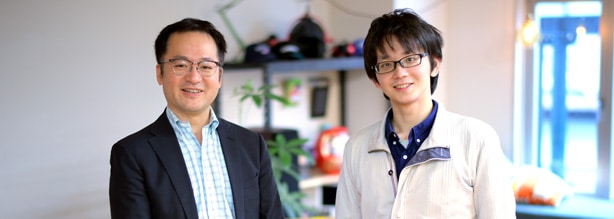
While many people today are voicing concern that our jobs might be threatened by artificial intelligence (AI) and robots, Professor Masahiko Inami at the University of Tokyo is exploring ways to have machines extend human abilities rather than overtake human jobs. His research expertly integrates knowledge and insights in diverse fields including electronic devices, information technology (IT), sensory and cognitive physiology, sports, and arts. Telescope Magazine visited Professor Inami’s lab that included a posh living area, and asked about his multidisciplinary research themes as well as his expectations for the students at the lab.
-

Part. 1
Professor
Masahiko Inami
-
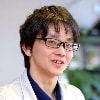
Part. 2
Shinya Serizawa
Part. 1 Professor Masahiko Inami
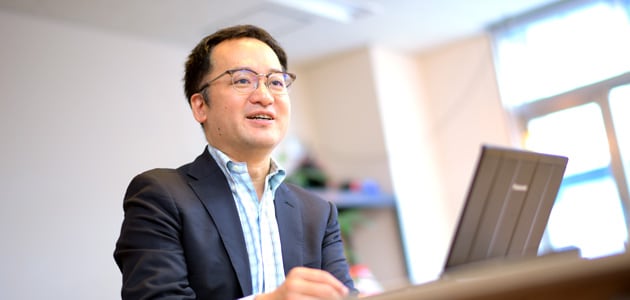
From machine-driven “automation” to human-centric “enablement”
Telescope Magazine(TM): The website of your lab states that the ultimate objective of your research is not to let machines do all the work for us (automation), but to augment human abilities so we can unleash our full potentials (enablement). I know many developers of advanced machines and electronics are often solely focused on automation, so the human-centric concept of “enablement” struck me as quite refreshing.
Masahiko Inami: “Enablement” is a loose translation of the Japanese word jizaika. Literally it means “making [something] freely controllable,” but it was originally a Buddhist term referring to the art of freeing one’s mind from existing constraints. In a similar vein, I use the term jizaika in reference to the removal of our bodily constraints through technology, which enables us to perform things that we’ve always wanted to but couldn’t. Even when our bodies get weak in sickness or old age, this sort of technology can help us remain just as active as before. In that context, jizaika is synonymous with “designing new body schema.” I chose this as a subject of my research because I knew this technology would only gain in importance going forward.
I have little doubt that automation will become more and more sophisticated with the progress of AI and robotics. If the trend continues, humans may face the danger of becoming irrelevant, unless we hold fast to our goals and keep accomplishing them with determination. And I think we would need some tools to assist us with this effort.
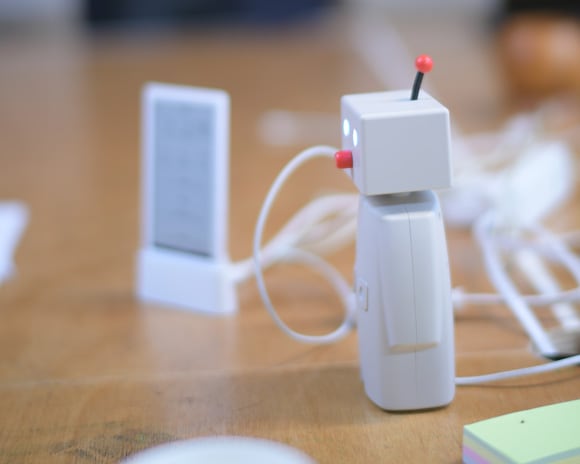 |
TM: Your lab is engaged in research for enhancing the interaction between humans and machines, including virtual reality (VR) and augmented reality (AR). What were your earlier research interests, and how did you arrive at the current themes?
Masahiko Inami: I pursued biotechnology as a student, and chose biosensor-related themes for my bachelor’s and master’s theses, focusing on acquiring data from and giving stimuli to organisms on a microscopic level. In other words, I was studying microscale relationships between living organisms and machines. In the course of this study, I began to speculate that perhaps the right combinations of biological and mechanical elements may also serve to extend human abilities.
I had also joined a robotics study circle as a hobby. It was in the 1990s, and amid the first wave of VR development I collaborated with my friends at university to build a VR system. The experience led me to think that the extension of human abilities I was after may also be achieved by a macroscale approach, using external mechanical devices. Accordingly, I chose VR, robotics, and telexistence*1 as my doctoral research themes.
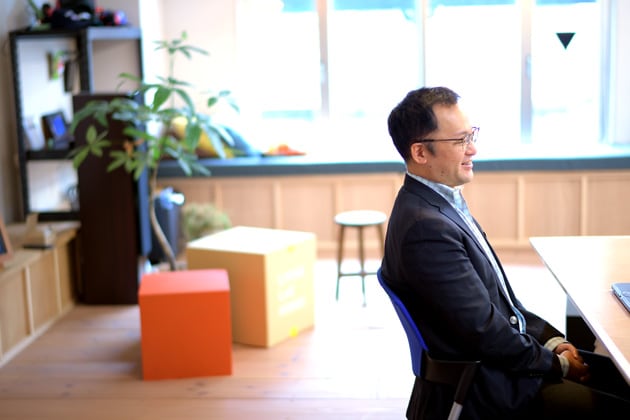 |
TM: The majority of researchers in the field of human-machine interface technologies such as VR seem to start out by studying mechanical or electronic engineering, and only later become interested in human-machine interactions. But your approach is the exact opposite: you started out by studying biological beings including humans, and then moved toward machines.
Masahiko Inami: Even now, I’m more interested in humans than in machines. For example, if we have acquired machines that extend our abilities, how would that change us? And how does the society change its outlook when our abilities are extended? Those are the questions that intrigue me. I intend to learn more about humans through their reaction to technological development.
Humans haven’t changed much in the 20 years or so since I first took up this research theme, but technologies for producing machines have made giant strides. That is why new discoveries and research results keep cropping up in this field, and I find that quite stimulating.
[Footnotes]
- *1
- Telexistence: The technology for giving virtual presence to a person at a remote location. Its applications include virtual conferencing, in which participants at overseas offices appear to be present in person.





